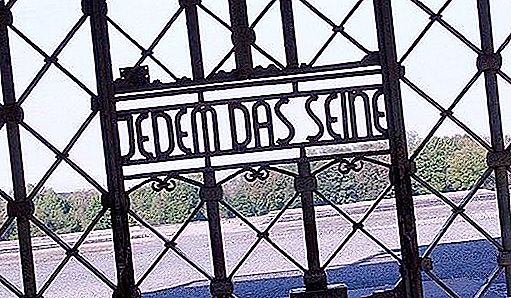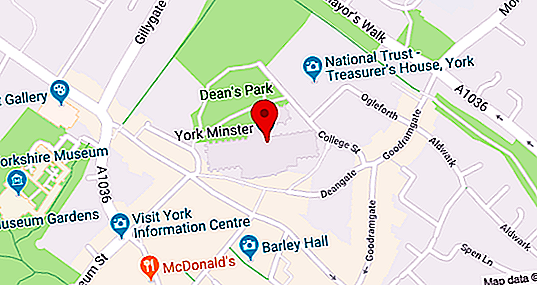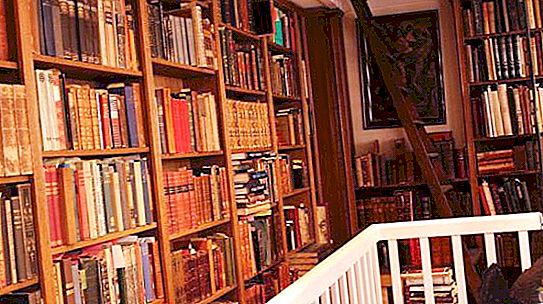Ancient necropolises are preserved in many ancient cities. The center of the Tula region is no exception, where the All Saints Cemetery is considered the most interesting and largest of the oldest. Tula is a city, in our time - the regional center, located about 200 kilometers from Moscow. What is interesting about its main ancient necropolis?
History of the creation of the cemetery

In 1771, a plague epidemic was recorded in the territory of the modern Tula region and some neighboring regions. In this regard, the Senate issued a decree "On non-burial in cities near churches, and on assignment for this outside the city …". A new necropolis was organized on the outskirts of the city. Initially, only those who died from the "pestilence" were buried here. An All-Holy Cemetery appeared, Tula was already a fairly large city at that time. The epidemic of the plague did not cause serious damage to its population. According to reports, only 12 males died (the number of deaths of women was not fixed). Very soon residents began to be buried in the cemetery city, sk Due to various reasons, the necropolis was dug in by a moat, then a wooden church was erected on its territory.
Cathedral of All Saints at the All Saints Cemetery
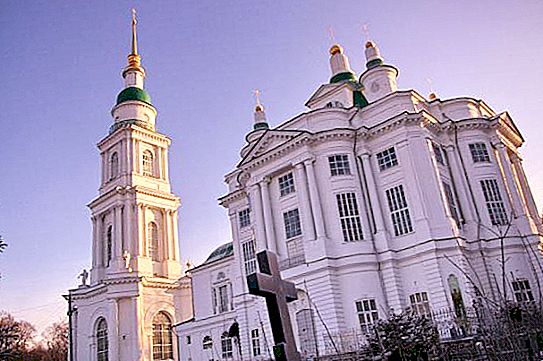
In 1773, it was decided to rebuild the wooden church. The new building was decided to be built of stone. Local merchants Nikifor Devyatkin and Stefan Sushkin donated funds for the construction of the temple. Already in 1776, a one-story church was consecrated and open to parishioners. Gradually the building was completed and rebuilt, and in 1803 began collecting donations for the erection of the bell tower at the church. Today, it is from this architectural ensemble that many will recognize the All Saints Cemetery. Tula has always been a major industrial and economic center. Like the temple, the bell tower was erected by donations from parishioners. The construction was completed in 1863. The total height of the bell tower with the spire is 82 meters, for a long time this building was the dominant vertical in the city. Over time, the church received the status of the All Saints Cathedral, today it is one of the largest temples in the Tula region. Despite the active development in the city, the Orthodox ensemble is still visible from many places in Tula today. Since 2003, the bell tower of the cathedral has been illuminated at night.
All Saints Necropolis in the XIX-XX centuries
The cemetery grew rapidly, and gradually the dead began to be buried here in several tiers. Fresh burials were too close to the surface of the earth, for this reason there was a specific smell on the graveyard. Resented many residents of the city and happening from a sanitary point of view. In 1839, at the initiative of the governor of Tula A.E. Averkiev, landscaping of the cemetery was carried out. A high shaft was sprinkled along the perimeter of the necropolis and a ditch was dug. Time passed, and residential quarters began to appear around the old cemetery. At the same time, the necropolis remained active. In 1847, in response to complaints from residents of the vicinity of the cemetery, Governor N. N. Muravyov ordered the improvement of the cemetery. A guardhouse for watchmen appeared on the territory of the necropolis, and reconstruction of the cemetery border fences was also carried out. In 1864, at the request of the parishioners of the Catholic community, a dedicated area for Lutheran Catholic burials appeared on the necropolis. It was separated from the main part by a moat, they also built a separate entrance with gothic turret gates (preserved to this day). Previously, only Orthodox were buried here, since 1864 the All-Holy Cemetery (Tula) has become multi-confessional. In 1900, the construction of a red brick fence began.
Ancient necropolis today
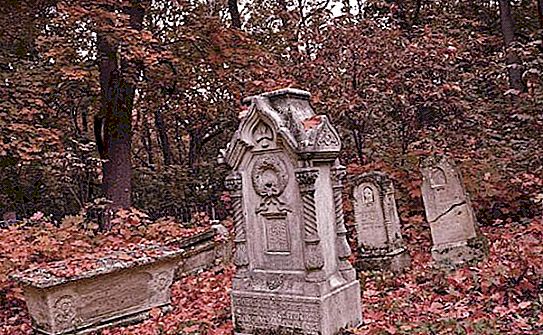
In 1968, the cemetery receives memorial status and mass graves on its territory cease. Today, you can only hold a funeral urn with ashes here. As an exception, in 2000, Anatoly Rodionov, Rector of the All Saints Cathedral, was buried in the necropolis. Nearby was recently buried and the altar maiden schema nile. All Saints Cemetery in Tula has great historical, artistic and cultural significance. Many prominent figures of the city are buried on its territory. Do not underestimate the diversity of tombstones and fences. Today, the necropolis occupies more than 34 hectares. Scientists and representatives of the local historical and architectural museum conduct research here. At the same time, the necropolis remains memorial and is already open as a tourist attraction. Today, everyone can visit the All Saints Cemetery (Tula) as part of an organized group with a guide. The tour is paid, by appointment. To order it, contact the Tula Necropolis Museum.
Sights of the All Saints Cemetery
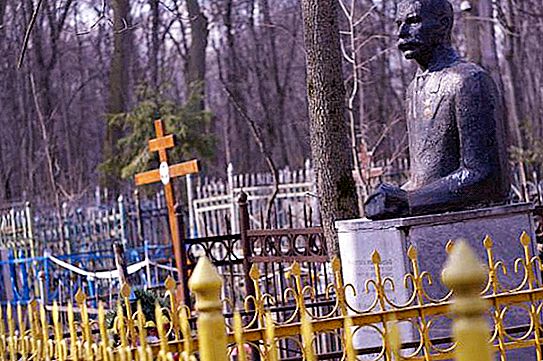
You can get to the territory of the necropolis through the main entrance, located at the intersection of Leo Tolstoy and Pirogov streets. Passing through the gate, you can enjoy the fully majestic view of the ensemble of the cathedral with a bell tower. Between the temple and the main gate there is a family burial decorated with marble sculptures of angels. Nearby you can also see the crypt-chapel of N. I. Zhdanovsky. Fans of ancient architecture will be interested to walk through the territory of the cemetery. There are a lot of ancient tombstones. These are sarcophagi decorated with elaborate carvings, and granite obelisks, as well as forged, cast-iron and wooden crosses. Considering the design of the graves, one can track how interestingly and mysteriously the Orthodox and pagan motifs intertwine. And all this is the Tula All-Holy Cemetery. Tula legends and ancient traditions are kept especially carefully. According to some versions, the All-Holy Necropolis was founded on the site of an older Old Believer. To date, specialists have studied only 4 hectares from the entire territory. Probably, we are still waiting for a lot of interesting and amazing discoveries.
Graves of prominent people
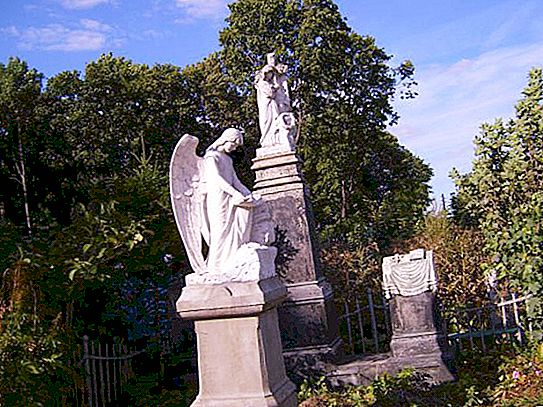
At the All Saints Cemetery are family necropolises and solitary graves of many famous figures of the region. Buried here: P.P. Belousov (doctor, creator of the main city park), F.V. Tokarev (designer of the arms factory), D. Ya. Vanykin (founder of the Vanykinsky hospital), E. Skvoronsky (architect), N. I. Beloborodov (inventor of chromatic harmony), R. Ya. Dreyer (founder of the Railway Hospital), N. I. Troitsky (writer) and many other prominent people. How to find a specific grave if you know for sure that the burial place is the city of Tula? All Saints cemetery list of burials leads from the moment of its foundation. The surviving archives are in the Tula Necropolis Museum.

